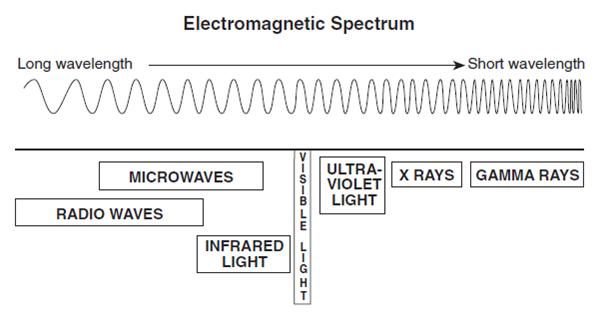|
Question 1.
|
|
When you look at a light from different distances you will see that the brightness of the light depends on how far you are from it. Two students set out to investigate this in more detail.
They set up the apparatus as shown: |
|
 |
|
They record the following results: |
|
 |
| a) |
|
|
Use the results to plot a line graph of “distance from lamp” against “Intensity” by.
Constructing a scale on the X-axis (remember use more than half the graph paper!)
Completing the Y-axis.
Plotting the data in the table on your graph and joining the points with a straight line (use a ruler) |
| b) |
|
|
From the graph predict the Intensity at 15 cm and 25 cm from the lamp. |
| c) |
|
|
From the graph predict the “distance from the lamp” when the Intensity is 40 lux. |
| d) |
|
|
What conclusion could the students draw from the results of their experiment? |
|
Question 2.
|
|
Which tool is used to separate white light into the colour spectrum? |
|
 |
|
Question 3.
|
|
When light hits an object, the rays can pass through it, bounce off it, or be absorbed by it. Light rays that bounce back are — |
|
|
| A |
reflected |
| B |
radiated |
| C |
refracted |
| D |
transmitted |
|
|
|
|
|
The diagram shows some forms of electromagnetic radiation. Use the diagram to answer the two questions which follow. |
|
 |
|
Question 4.
|
|
Which electromagnetic radiation will cause sunburn? |
| A |
visible light |
| B |
uv light |
| C |
microwaves |
| D |
x rays |
|
Question 5.
|
|
Which of the types of electromagnetic energy has the shortest wavelength? |
| A |
visible light |
| B |
uv light |
| C |
microwaves |
| D |
x rays |

